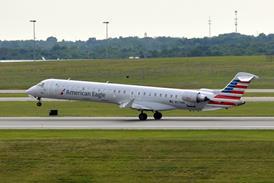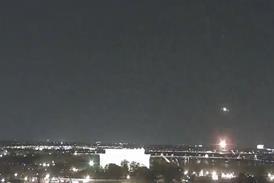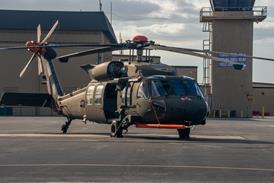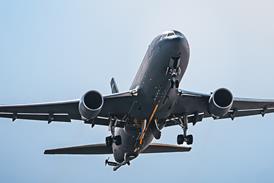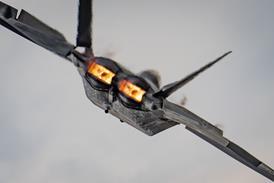Army's rocky road to RAH-66 replacement
US Army efforts to put funding, freed by its cancellation of the Boeing Sikorsky RAH-66 Comanche, to good use by purchasing off-the-shelf scout and utility helicopters have not gone entirely smoothly.
Development and initial production costs of the Bell ARH-70A Arapaho have risen more than 50% as design changes have forced the armed reconnaissance helicopter further from its modest origins as a derivative of Bell's commercial Model 407.
In March, the US Army ordered Bell to stop work on the programme, citing cost and schedule overruns. In May, the service accepted a recovery plan submitted by the manufacturer. Details of the restructured programme are still being negotiated.
Under the plan, the US Army will provide additional funding to extend development, delaying first production deliveries a year to 2009, and ARH-70 final assembly will be relocated from Mirabel, Canada to Fort Worth, Texas to reduce cost and risk.
Final details will depend on how much ARH funding a sceptical US Congress leaves intact in the 2008 defence budget. Procurement has been cut from 37 to 16 aircraft by the Senate, but the House of Representatives has eliminated all procurement funding.
While it waits for the fate of ARH funding to be decided by a joint House/Senate budget conference, Bell continues flight testing of three development ARH-70s and a company-owned test aircraft, which together have accumulated more than 800h.
Development aircraft are now powered by the uprated, 1,000shp (745kW) Honeywell HTS900-2 turboshaft planned for production helicopters and Bell says FLIR Systems has delivered two BriteStar II targeting sensors fully meeting the ARH requirements.
Integration of the gimballed sensor with the helicopter's Rockwell Collins CAAS common cockpit was a major source of the delays, and the availability of two fully compliant sensors was a prerequisite for entry into limited user testing by the army, now expected to begin before the end of the year using two of the development ARH-70s.
Although there remains a risk that Congress could force the cancellation or re-competition of the ARH programme, Bell has begun production work using its own funds to keep to the new schedule.
Originally, ARH-70s were to be manufactured at Bell's commercial helicopter plant near Montreal then flown to Fort Worth for missionisation. Under the restructured programme, airframes will be trucked to Fort Worth for final assembly.
The US Army says it needs the ARH because it must replace its ageing fleet of Bell OH-58D Kiowa Warriors, which are being flown up to 10 times the planned number of hours. It has increased the planned procurement to 512 aircraft, including ARH-70s for the Army National Guard.
Source: Flight International


